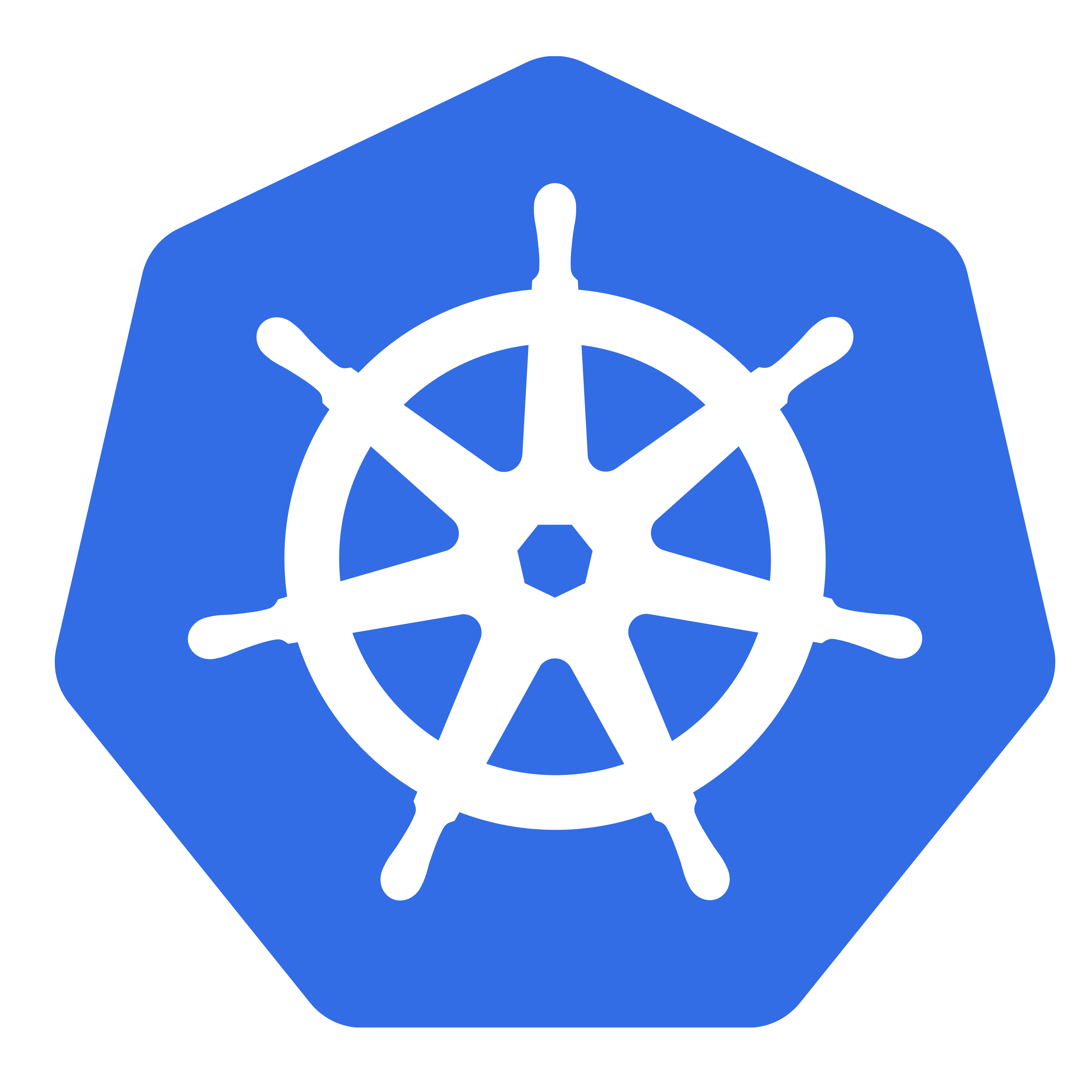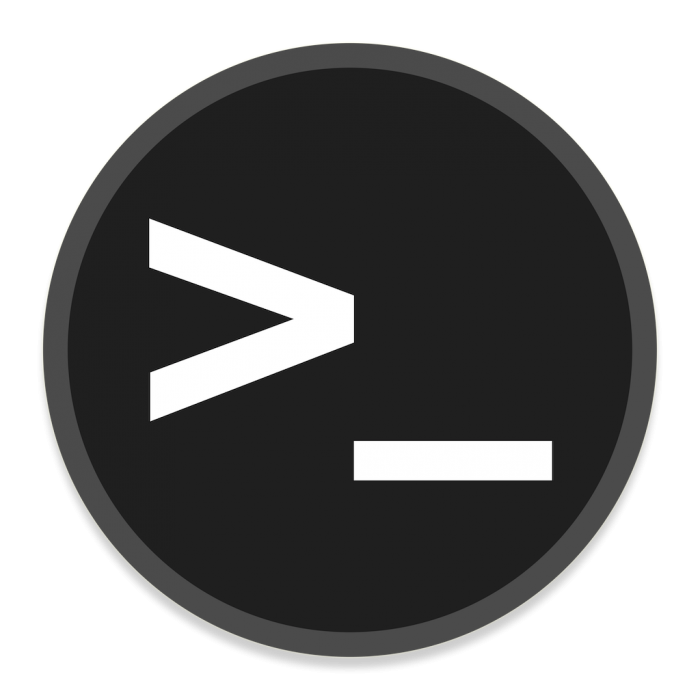- 1 Post
- 9 Comments

 1·9 months ago
1·9 months agoStill, for those very hard bugs that everyone just hovers around and procrastinates, this is perfect advice!

 3·9 months ago
3·9 months agoThis should be much more wide-spread. The hardest part of programming is reading someone else’s code.
More people should learn to do
git rebase -i, it’s a simple way to re-organise your commits to make sure that they tell a story to someone going through the PR commit by commit. It only takes a minute and can save your colleagues so much time and increase the quality of the review process.

 2·1 year ago
2·1 year agohttps://learngitbranching.js.org Is a very accessible browser game that I found useful on my Git journey to start to grasp the underlying structures and operations such as rebase.

 1·1 year ago
1·1 year agoI know my Pop!_OS install pulls Nvidia drivers and modules using flatpak. I don’t know the pros and cons of this method, but I’ve assumed it’s more robust due to decoupling of dependencies.
What is your opinion on flatpak vs pacman for proprietary Nvidia drivers?
This looks incredibly powerful and cool… but also like the kind of thing that may be a bit too niche or experimental for me to learn after just 2 years of the occasional casual Bash scripting and 4 weeks of having used zsh as my terminal.
I am trying to resist

 102·1 year ago
102·1 year agoLarger projects in Python (like homeassistant) tend to use type-hints and enforce them through linters. Essentially, these linters (with a well-setup IDE) turn programming in large Python projects into a very similar experience to programming a statically typed language, except that Python does not need to be compiled (and type-checked) to run it. So you can still run it before you have satisfied the linters, you just can’t commit or push or whatever (depending on project setup).
And yes, these linters and the Python type system are obviously not as good as something like a Go or Rust compiler. But then again, Python is a generalist language: it can do everything, but excels at nothing.

 2·1 year ago
2·1 year agoThanks for sharing, this is incredibly useful: sounds like the kind of thing you’d almost expect to be built in

 4·1 year ago
4·1 year agoNot OP, but I very recently switched from bash. Autocomplete with suggestions is a way better exeperience on zsh than bash. The way you can choose between options of the autocomplete/suggest interactively feels way better than bash. I set it up to be case-insensitive, so I can type
cd dowand it will becomecd Downloads. Gettig autocomplete for bothkubectland its aliaskis seamless in zshrc but requires an extra line with a weird dunder function in bashrc.This is just what I found in a few days of using it. There was no learning curve at all, everything just felt easier.


Off-topic, but I recognise your name. Thank you for the Daily Diary App! I’m a huge fan, I use it every day for my gratitude routine.